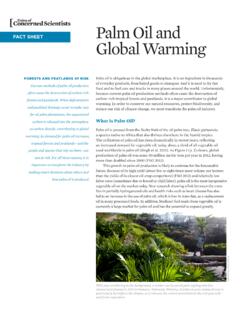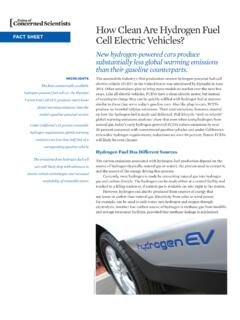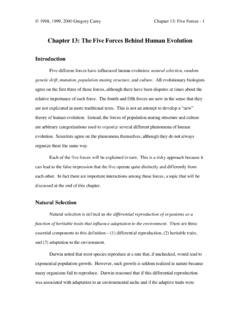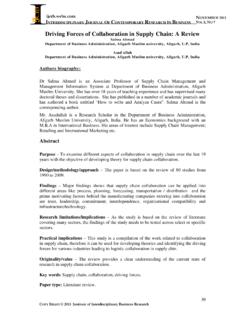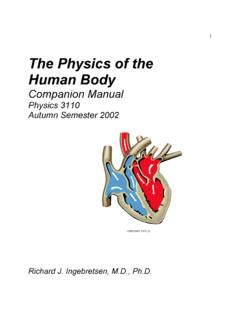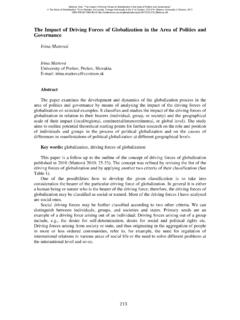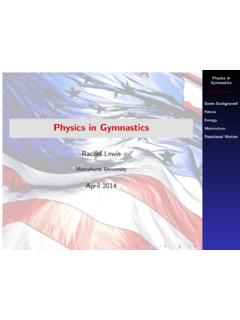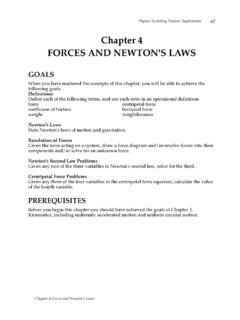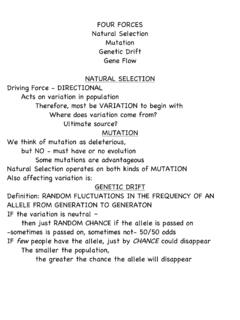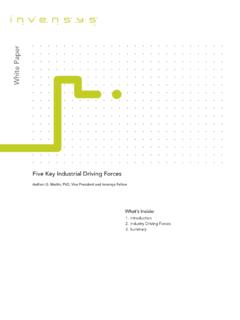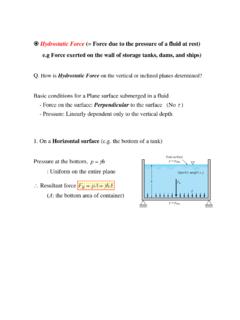Transcription of China’s Nuclear Force: Modernizing from Behind
1 China s Nuclear force : Modernizing from Behind Gregory Kulacki January 2018 NATIONAL HEADQUARTERS Two Brattle Square Cambridge, MA 02138-3780 t f WASHINGTON, DC, OFFICE 1825 K St. NW, Ste. 800 Washington, DC 20006-1232 t f WEST COAST OFFICE 500 12th St., Suite 340 Oakland, CA 94607-4087 t f MIDWEST OFFICE One N. LaSalle St., Ste. 1904 Chicago, IL 60602-4064 t f 2018 Union of Concerned Scientists All Rights Reserved Gregory Kulacki is the Senior Analyst in the China Project of the Global Security Program. The Union of Concerned Scientists puts rigorous, independent science to work to solve our planet s most pressing problems. Joining with people across the country, we combine technical analysis and effective advocacy to create innovative, practical solutions for a healthy, safe, and sustainable future.
2 More information about UCS and the Global Security Program is available on the UCS website: #.Wmjpl3lG2Ht . This report is available online (in PDF format) at ACKNOWLEDGMENTS Organizational affiliations are listed for identification purposes only. The opinions expressed herein do not necessarily reflect those of the organizations that funded the work or the individuals who reviewed it. The Union of Concerned Scientists bears sole responsibility for the report s contents. Modernizing from Behind : China s Nuclear Policy 1 Summary China s Nuclear force is much smaller and far less capable than the Nuclear force of the United States. China s current Nuclear weapons modernization program will not change that situation, even if the United States does nothing.
3 China has been improving the quality and increasing the quantity of its Nuclear forces since its first test of a Nuclear -armed missile in 1966. The pace of these improvements has been steady but slow, especially when compared with the growth of China s economy. After a half-century of effort, China s Nuclear arsenal remains smaller than the US Nuclear arsenal was in 1950 (Kristensen and Norris 2013). Creating a Nuclear force requires three essential capabilities: 1. The capability to produce the fissile materials highly enriched uranium and plutonium. 2. The capability to use those materials to make warheads that are tested for reliable use as a weapon. 3. The capability to deliver these warheads to targets using missiles, airplanes or other vehicles.
4 Chinese capabilities in all three essential areas of Nuclear weapons production lag well Behind the capabilities of the United States: 1. China produced far less highly enriched uranium and plutonium than the United States. 2. China conducted far fewer Nuclear weapons tests than the United States and consequently produced fewer Nuclear warhead designs. 3. China has far fewer vehicles to deliver its Nuclear warheads. China s ongoing modernization program currently does not include efforts to produce more fissile materials or test new Nuclear warhead designs. The only Nuclear weapons-related capability China continues to improve is its delivery vehicles. China does not currently deploy Nuclear weapons on submarines or on aircraft.
5 China s Nuclear capability is concentrated in ground-based Nuclear -capable missiles that are far fewer in number, and demonstrably less capable, than their US counterparts. China s Nuclear modernization program may eventually include plans to deploy a small number of submarine-launched ballistic missiles (SLBMs) and air-launched cruise missiles, but its primary focus appears to be making incremental improvements to the quality and quantity of China s ground-based ballistic missiles. Unless the United States dramatically reduced the size of its Nuclear arsenal, the limitations of China s current Nuclear weapons modernization program guarantee an overwhelming US superiority in number and capability of Nuclear forces. The most effective means to allay US and allied concerns about the future size and capability of China s Nuclear force are to: Prevent China from producing more of the fissile materials needed to make Nuclear warheads.
6 Prevent China from testing new Nuclear warhead designs. Both can be done using arms control agreements. 2 UNION OF CONCERNED SCIENTISTS China s Fissile Materials The International Panel on Fissile Materials (IPFM) estimates China has 14 3 tons of highly enriched uranium and tons of weapon-grade plutonium (this includes the amount in current warheads and in stocks that could be used for additional warheads) (Zhang 2018). By comparison, the IPFM estimates the United States currently has 253 tons of highly enriched uranium and tons of plutonium in or available for weapons 10 to 20 times as much (International Panel on Fissile Materials 2016). Unlike the United States, China has not officially disclosed information about the fissile materials it produced.
7 But the IPFM estimate is consistent with US intelligence reports as well as data compiled from official histories of China s Nuclear weapons program, unofficial biographies of program personnel, and other Chinese publications and statements (Lewis 2014). These sources indicate China halted the production of highly enriched uranium for weapons by 1987 and the production of plutonium for weapons by 1991. The facilities involved in the production of these materials were converted to civilian use and eventually decommissioned as China s Nuclear industry shifted its focus from national security to economic development in accord with the comprehensive reorientation of Chinese foreign and domestic policy that began in the mid-1980s and continues today.
8 China s Nuclear Warheads The number of Nuclear warheads China can produce depends on the total amount of fissile material available and how much is needed for each warhead. The amount of fissile material in a Nuclear warhead depends on its design. Another important attribute of the design is the total mass of the warhead. A primary goal of a Nuclear weapons program is to design Nuclear warheads that are light enough to be carried long distances by ballistic missiles. The ability to design Nuclear warheads is acquired through Nuclear testing. The more designers test, the greater is their ability to understand and control all the variables that go into the design, and build warheads that are small, lightweight, and use fissile material efficiently.
9 China conducted 45 Nuclear explosive tests before it halted testing in 1996. The United States conducted 1,056 Nuclear explosive tests before it stopped testing in 1992 nearly 25 times as many. China s limited Nuclear testing produced a small number of Nuclear warhead designs. These warheads are believed to use a larger amount of fissile materials than US designs. One estimate, based on fallout data from a 1976 Chinese test of a warhead for its DF-5 liquid-fueled missile, indicated that warhead may have contained 7 kilograms (kg) of plutonium in the primary a large amount compared to the US average of 4 kg (De Geer 1991). The design for the warhead China tested in its final Nuclear tests in the 1990s likely uses less than 7 kg, but China may use relatively large amounts of plutonium in its designs as a way of reducing the amount of high explosives needed to ignite the weapon.
10 Doing so would reduce the overall mass of the warhead (Lewis 2014). Assuming China s weapons each use 4 to 6 kg of plutonium, then if the IPFM estimates of China s plutonium stocks are accurate, these numbers imply that it could produce a total of between 380 and 880 Nuclear warheads. If reports that China uses more plutonium than average in its Nuclear warhead designs are correct, the total could be in the low end of that range. China s Nuclear warheads are also heavier than comparable US warheads. Leaked US intelligence reports indicate the combined weight of the Nuclear warhead and the re-entry vehicle for China s road-mobile long-range missile is 470kg (Gertz 2001). That is two-and-a-half times the mass of the US W88 warhead and its re-entry vehicle carried by US SLBMs, which has a comparable or larger yield (Gronlund and Wright 1992).





